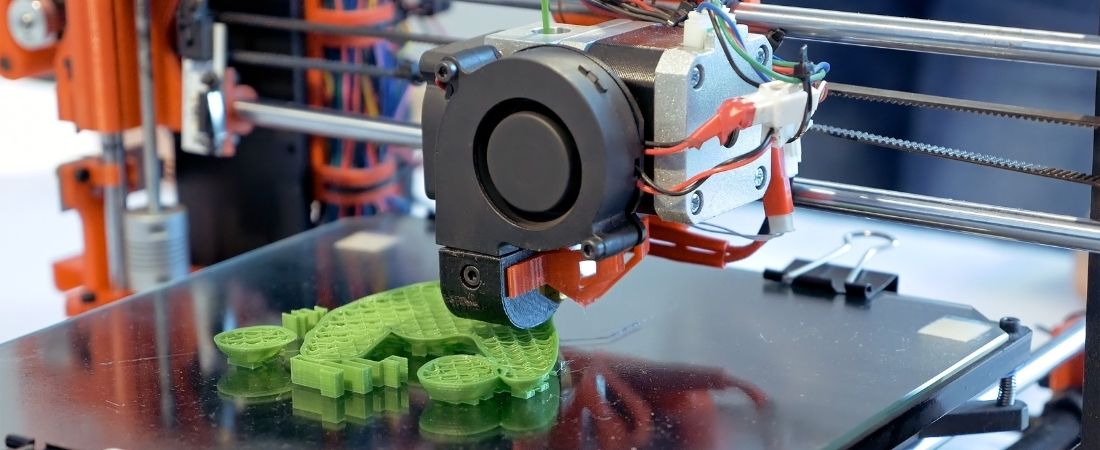
3D printing employs a variety of materials, the most common of which are liquid-based resins and thermoplastic filaments. Filaments are used in 3D printing with Fused Deposition Modelling (FDM), while resins are utilized in Stereolithography Apparatus (SLA) technology. Each printing material has different properties, as well as its own set of features, benefits, and, of course, drawbacks. Here is a quick comparison of resin and filament materials!
Quality: Is Resin a Better Quality Filament?
When it comes to quality, resin printing outperforms filament printing by a wide margin. That isn’t to say that FDM 3D printers can’t provide excellent results. In fact, filaments can astound you with their incredible print quality, which is virtually on par with resins but still falls short. However, you’ll have to expect a large increase in 3D printing time to do this. When compared to FDM printing, SLA, or resin printing, uses a powerful laser with highly exact dimensional precision and the ability to make small changes in the XY axis, resulting in very high print resolution.
Ease of Use: Is Filament Easier To Print Than Resin?
Resin can be a pain to work with, and it necessitates a lot of post-processing. Filaments, on the other hand, are much easier to use and are highly suggested for those who are new to 3D printing. When it comes to resin printing, removing the prints and getting them ready in their final state requires a lot more effort. Following the print, you’ll need to put in a significant amount of work to remove your resin model from the build platform. This is because you must deal with a large amount of uncured resin.
Strength: Are Resin 3D Prints Stronger Compared To Filament?
While the answer to this question can be convoluted, the most straightforward explanation is that most popular resins are brittle when compared to filaments. To put it another way, filament is far more durable. When you compare budget filament to budget resin, you’ll notice that there’s a big difference in strength, with filament coming out on top. In terms of innovation that can incorporate strength in resin printed items, resin 3D printing still has a long way to go, but it is catching up fast. As the market has quickly adopted SLA printing, new materials have been developed.
We hope you have found our comparison of resin and filament printing materials to be helpful! If you are looking to learn more about the FDM printing process and how it can benefit your modeling, be sure to reach out to Tangible Creative today!
